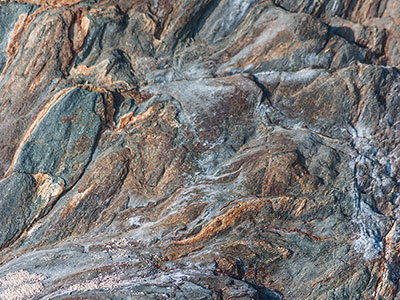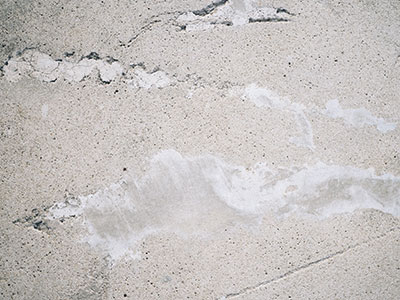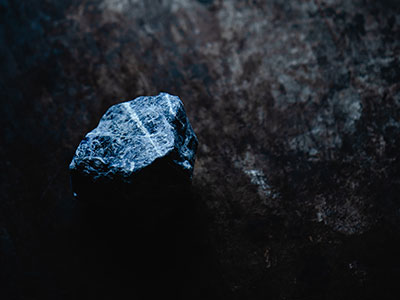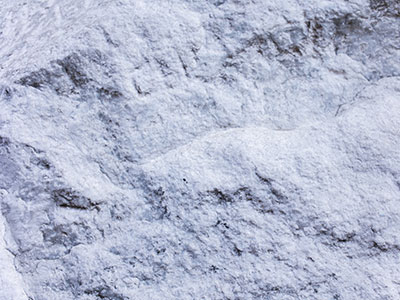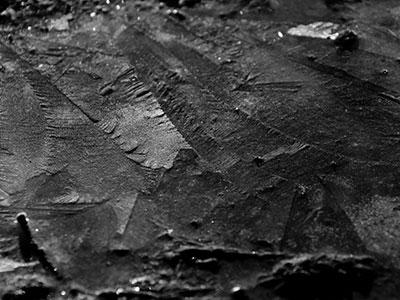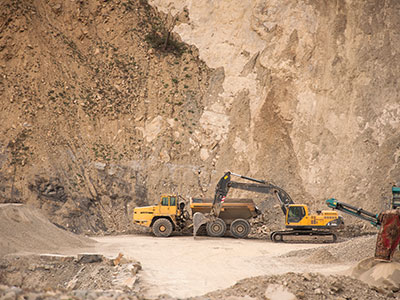Bauxite ore is the world's main source of aluminum. Bauxite is a rock formed from a reddish clay material called laterite soil and is most commonly found in tropical or subtropical regions. Bauxite is primarily comprised of aluminum oxide compounds (alumina), silica, iron oxides and titanium dioxide. The bauxite is best developed from Nilawahn to Khura in south of Salt Range. In general the content of alumina and silica has inverse relationship from east to west. Sedimentary rocks near Ziarat & Pir Sultan Mehdi in District Khushab are embedded with workable deposits of high quality bauxite. This versatile mineral is also in demand in steel production as slag conditioner, in the production of refractory aluminium oxide cement, in road construction, in mineral wool production and as welding powder.
Get A QuoteMinerals
From all parts of PakistanAluminium Bauxite
Bentonite
Bentonite is a very old clay that has been used as a remedy for many things. The fine powder forms when volcanic ash ages found all over the world. You may hear it called calcium bentonite clay. People have eaten bentonite clay or put it on their skin for thousands of years. It’s been used to
Clean or protect skin
Heal skin infections or acne
Treat stomach gas
Ease diarrhea
Today, bentonite is used to make medicine and makeup. You can buy it in powders and pills, too. It’s sometimes used in Shampoo, Lotion, Face masks, Toothpaste and Dietary supplements. We can offer Bentonite in various qualities and flexible or containerized packing
Chromite
Pakistan is bestowed with numerous economic mineral ores and chromite is one of them. The chromite mineral has economic significance in nichrome, paint industry, stainless steel, and refractory lining. Chromite is the main source of the metal chromium, a metal used to induce hardness, toughness and chemical resistance in steel. It was named after its chemical composition, chromium oxide. The mineral is brownish to black in colour with a dark brown streak. Chromite was first discovered in 1901 in the areas between Khanozai & Muslim Baghin Zhob valley, Balochistan, and mining started in 1903. Though Pakistan is one of the leading chromite exporters, ranking fourth, but the quantity is extremely modest.
Get A QuoteGypsum
Extensive reserves of gypsum are present in the Kohistan Salt Mountain Range in Khushab district in Sargodha, Gypsum deposits also present in the tribal areas of Dera Ghazi Khan District. The deposits occur in the north-south trending ridges that form the foot-hills of the Suleman Range, West of Dera Ghazi Khan. Crude gypsum is used as a fluxing agent, fertilizer, filler in paper and textiles, and retarder in portland cement. About three-fourths of the total production is calcined for use as plaster of paris and as building materials in plaster, Keene's cement, board products, and tiles and blocks. Gypsum plaster offers low thermal conductivity, making it great for saving heating and cooling costs in a building. Gypsum plaster is ready-made and doesn't require additional curing time. It also helps save resources such as the water needed for the process.
Get A QuoteIron Ore
Iron ore is found in various regions of Pakistan including Nokundi, Chiniot, Kalabagh the largest one, Haripur and other northern areas. Iron ore is the source of primary iron for the world's iron and steel industries. It is therefore essential for the production of steel, which in turn is essential to maintain a strong industrial base. Almost all (98%) iron ore is used in steelmaking. Hematite and magnetite are by far the most common types of ore. Pure magnetite contains 72.4 percent iron, hematite 69.9 percent, limonite 59.8 percent, and siderite 48.2 percent, but, since these minerals never occur alone, the metal content of real ores is lower.
Get A QuoteTalc
Pakistan also has major resources of the best quality Talc Deposits in the world. Its mines are situated in Khyber Pakhtoonkhwa with the largest deposits located in Sherwan (Hazara), Swat, Jamrud, Kurram Agency, Safed Koh (near Parachinar), Landi Kotal. Talc is a mineral made up mainly of magnesium, silicon, and oxygen. As a powder, it absorbs moisture well and helps cut down on friction, making it useful for keeping skin dry and helping prevent rashes. Talc ore is mined in the mineral state with layered structure and can be white, pink, light green, or gray in color. When it is pulverized, white or gray powder is obtained. The chemical name of talc is hydrous magnesium silicate (Mg3Si4O10(OH)2).
Get A Quote

